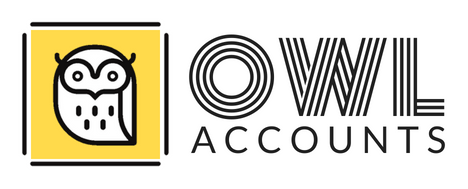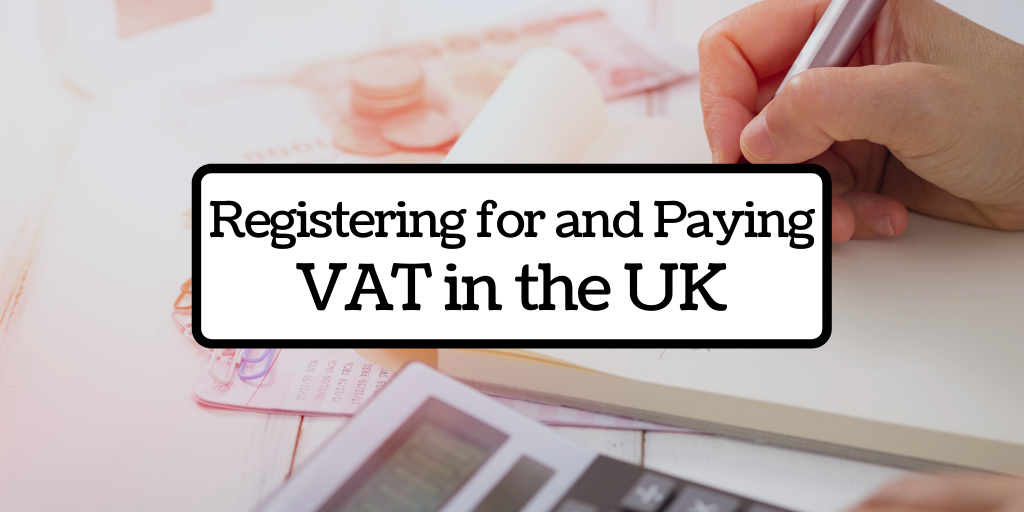In this article we will discuss the following topics:
Who has to pay VAT in the UK? How to register a company for VAT in the UK? How to pay VAT in the UK?
What is VAT?
VAT is a goods and services tax (a type of sales tax), applied incrementally at various stages of production/manufacturing. As a customer/consumer you are paying for VAT on many of your purchases, maybe without realising.
Who needs to pay VAT in the UK?
Companies registered in the UK must register for VAT when their VAT taxable turnover exceeds £85,000 in a given period. Registration should be done immediately if you expect the value of everything you sell in the UK which is not VAT-exempt in the next 30 days alone to be over £85,000. You can find what goods are on a reduced rate or VAT-exempt on here. Companies that are ‘distance selling’ to the UK may be required to register for UK VAT, depending on the value of their sales (see below).
The VAT taxable turnover is the total value of everything you sell that is NOT exempt from VAT. For this article, we will however, focus on non-UK companies that may need to register and pay VAT in the UK.
When running a company outside the UK, you must register it for UK VAT if:
You are selling products to customers in the UK via an intermediary warehouse (Fulfillment by Amazon services is an example of this).
You send products to the UK with a total value of over £70,000 in a given tax year, which exceeds the ‘distance selling threshold’.
Sales to the UK via an intermediary warehouse e.g. Amazon FBA
A direct excerpt from article 32 of the VAT directive 2006/112/EC states:
“Where goods are dispatched or transported by the supplier, or by the customer, or by a third person, the place of supply shall be deemed to be the place where the goods are located at the time when dispatch or transport of the goods to the customer begins.”
HMRC in the UK have started paying greater attention to the above article in recent years, due to continuous opportunities for abuse of the VAT system and the unfair undercutting of compliant e-commerce businesses. This has also resulted in an amendment to the Finance Bill .
Amendments to this bill will affect:
- UK and foreign businesses selling goods in the UK to UK customers via an online marketplace.
- Online marketplaces that control and support the sales of goods by businesses/individuals through their platform (Amazon FBA).
Fulfillment by Amazon is a good example to use in this case. HMRC expects that the intermediaries involved in the sale of goods into the UK have provided all the relevant information to sellers, so that that they can assess whether they should register as a VAT payer in the UK.
Furthermore, the UK tax office is obliging these intermediaries to inform the sellers about the need to register for VAT in the UK or to prevent/cease further sales until a VAT number is obtained (you won’t be able to sell on the platform unless you conform to the regulations about vat registration). The intermediary can be held liable and may be required to the pay the overdue VAT to HMRC if they don’t comply with this.
Amazon currently verifies all the companies that use the FBA service to sell good to UK and they are also suspending any possibility of future sales until the VAT number of the seller is entered into their account on the site portal.
In addition to this, Amazon is also monitoring the turnover of mail orders to the UK through its portal to determine whether businesses are approaching a turnover of £70,000. Amazon then informs the sellers about the need to register for VAT due to the inevitable crossing of the ‘distance selling threshold’ (see below).
For a more in depth article on Amazon FBA services see our Amazon FBA guide.
Exceeding the distance selling threshold for the UK
Selling goods from an EU country by mail order to individual customers (business to client sales or B2C) in the UK classes as ‘Distance Selling’. You must register your company as a British VAT payer after exceeding the £70,000 turnover threshold. This applies to you if you use an intermediary (Amazon or eBay), or if you sell products via your own website.
How to register a company for VAT purposes in the UK?
When you sell products via a warehouse in the UK
If you’re selling products to the UK using an intermediary service, such as Amazon FBA, then you can register as a UK vat payer by submitting an online form. You can complete this process yourself (involves creating a personal HMRC account) or you can source the services of an accounting office, who will register your company for UK VAT, and then settle VAT payments on the company’s behalf to HMRC, in the form of a VAT return.
After exceeding the distance selling threshold
As mentioned previously, when your distance sales to the UK exceed £70,000, you must register as a UK VAT payer. The process involves downloading and filling in the relevant form from the UK government website. After completing the form, you can send it by post to the address HMRC provides. Registration is not available online for ‘distance seller’ entities.
How to settle VAT in the UK
In the UK, VAT returns are usually submitted every 3 months (quarterly) in a period known as your ‘accounting period’ or ‘VAT return period’. The latest you can submit your VAT return is one month and 7 seven days after the end of this period. It is important to note that this accounting period is distinct from your company tax accounting period <see UK income and corporation tax>. The majority of businesses selling goods or services in the UK use an in-house accountant, or an accounting company to file their VAT returns for them.
We provide VAT registration and Vat return services for British and foreign businesses, as well as full accounting services for your company.
Are you interested in registering for VAT in the UK? Has your company crossed the distance selling threshold for the UK?
info@owlaccounts.com

